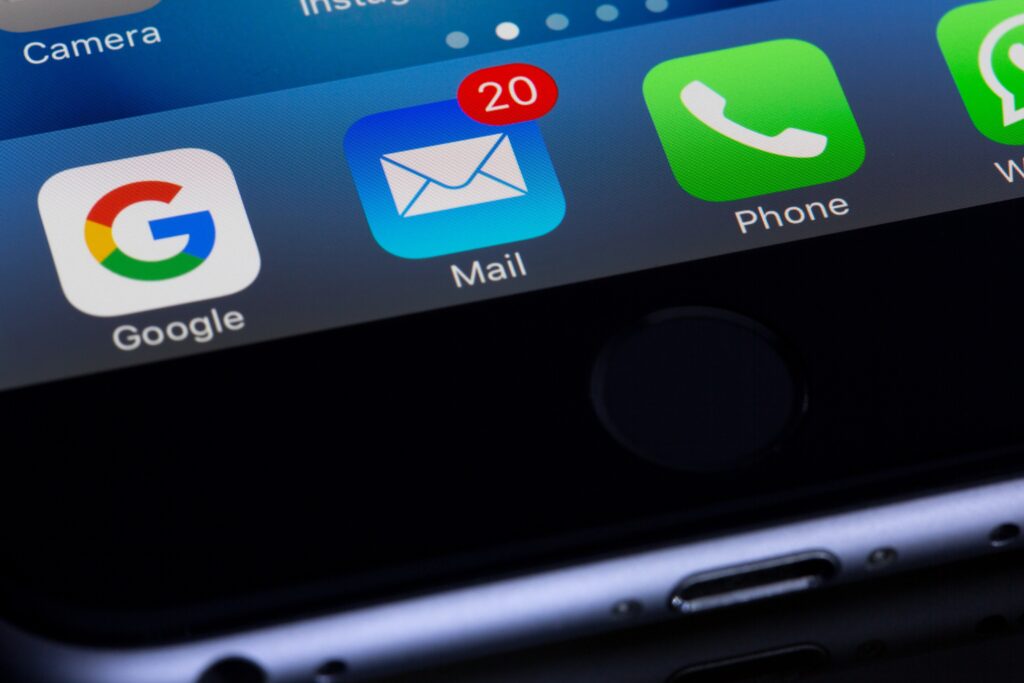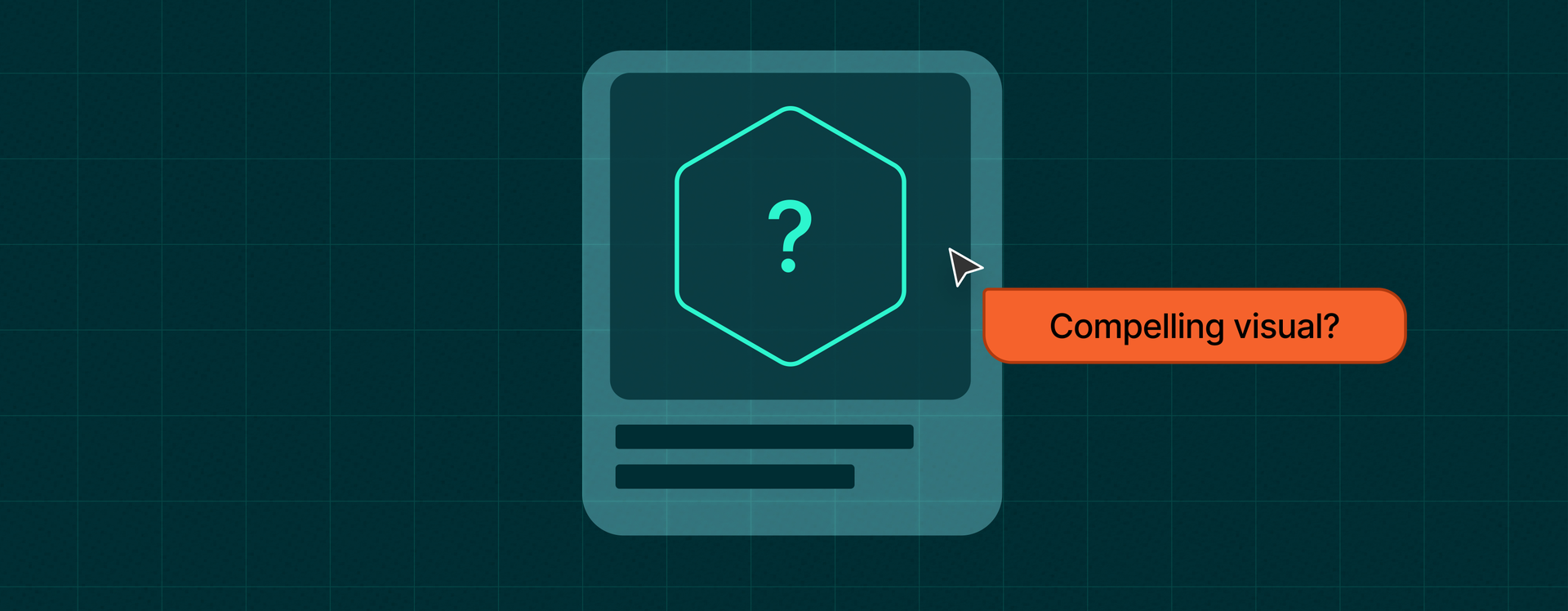At the heart of every fintech’s success is its ability to connect and engage with its audience.
With competition fiercer than ever, fintechs need to be on top of their communication game in order to nurture those connections.
How? Email marketing.
Why? It allows companies to send relevant content to the right people at the proper time.
But wait a minute—is it worth implementing such a seemingly basic communication method? Absolutely.
Few marketing channels offer the cost-effectiveness, level of personalization, and direct targeted communication that email marketing delivers.
Anyone can send emails, but it takes clever planning to gain all the benefits (and impressive ROI) of email marketing campaigns, and keen perception to get the strategy right.
Our team at CSTMR has both the knowledge and the experience required to design a truly effective email marketing campaign. We have helped many fintechs like yours grow, and email marketing has always proven fundamental.
To give you a glimpse of just how powerful email marketing is, we’ve put together this detailed guide for you.
What Is Email Marketing, Exactly?
Email marketing is simply communicating with customers or potential customers through emails.
It’s a cost-effective way to drive engagement and sales—while you promote products or services with specific information, at the same time you can build relationships with your target audience via high-value/educational content.
Fundamental components of email marketing include:
- A qualified subscribers list.
- An engaging and highly personalized subject line.
- Personalized and valuable content that inspires action.
- A clear call to action (CTA).
- A professional email footer.
Email marketing is so much more than a promotional vehicle: it’s a powerful method for building rapport with customers, while guiding and informing them throughout the different stages of the buying process.
Welcome emails let customers know what to expect, while newsletters provide critical updates on features and services. Personalized offers can turn potential customers into clients, and customer feedback surveys can inform your strategy and build trust.
Put plainly, email marketing for financial services is not only a critical part of a cohesive, overall digital strategy—it’s what ties it all together. Done right, email allows you to connect personally with your audience on a whole new level when compared to other marketing channels.
Nearly every marketing effort can be promoted via email. A blog article, a new product feature, website traffic—do it all with email.
In the world of fintech, where credibility is vital, email cultivates a sense of trust that other marketing channels lack.
Understanding the Power of Email Marketing
Not convinced that email is cutting-edge enough for fintech?
There’s plenty of data that proves that email remains an influential foundation of marketing communication:
- 4 out of 5 marketers say they would give up social media marketing rather than email marketing.
- 89% of marketers use email as the primary channel for generating leads.
- There are 4 billion daily email users, expected to increase to 4.6 billion by 2025.
- For every U.S. dollar spent on email marketing, you can expect about 36 dollars in return.
In fact, there’s no other channel that can reach customers as directly, nurture customer relationships as deeply, and drive conversions with such effectiveness and ROI.
Essential Components of an Email Marketing Strategy
Every great fintech email marketing campaign starts with a solid strategy.
Like most digital marketing efforts, this starts by taking a good look at your target audience:
- Who are they? Segment your audience by demographics like industry, company size, job title, or geographic location.
- What challenges do they have that your product or service solves? What specific pain points do your subscribers have?
- What past purchases, buying patterns, or engagement does your audience exhibit?
Let these details inform your email marketing strategy in order to be effective to increase engagement, build trust, and drive sales.
Your audience is likely made up of distinct groups, in terms of demographics, phases of the buying process, or preferences.
To make sure that your emails remain relevant to everyone you reach, make sure that you tailor the messages and give them a personalized touch—this is what segmentation is about.
Eventually, this leads to higher engagement and ROI, and has palpable results: personalized emails receive an 18.8% open rate, while non-personalized emails stand at 13.3%.
Once you have a strategy and a proper segmentation in place, it’s time to design, schedule, and send the actual emails
It’s important to test the frequency as well as the day and time at which you send your emails. According to ten different studies, the best days to send emails are Thursday, Tuesday, and Wednesday, between the hours of 10 a.m. and 3 p.m. for most communications within the B2B business space. .
Remember that the preferences of your fintech email marketing audience may be different, so test different times and days to find the optimal moment to hit “send.”.
Crafting professional email campaigns, personalizing for each segment, and optimizing performance is easier with tools like Hubspot, which make it easy to automate and scale digital marketing operations.
Best Practices for Financial Services Email Marketing
When implementing a strategy for fintech email marketing, a top priority should be to earn the trust of potential customers (and grow the relationship from there).
With this priority in mind, it is important to note that there are also stringent legal requirements to abide by when it comes to data privacy and email security.
For the sake of compliance and the confidence of your subscribers, it’s important that you clearly offer subscribers options for managing their information.
If subscribers want to opt out of emails, it should be straightforward. The domain name, branding, and all legally required information should also be transparent in every communication.
Respect the contact preferences of your subscribers, avoid emailing unsubscribers, and be transparent about the types of emails you are sending and how often.
Most email templates include legal details, contact information, and unsubscribe options in the footer. Including this kind of information consistently and clearly will enhance credibility and trust.
Above all, make sure that the language you use is always clear and accurate, and the tone in each email is relevant to the context in which it’s sent.
4 Email Marketing Tactics for Engagement and Conversion
Every email marketer’s enemy?
The delete button.
Fortunately, there are tactics to captivate your target audience. Bring your A-game and be ready to compete with the other thousands of emails in your audience’s inbox.
Here’s how you can get started.
1. Outline Your Strategy
Think about how your email messages align with your overall marketing strategy.
Each email needs a distinct purpose. Perhaps you’re nurturing potential customers, or educating current ones. Regardless of where they are in the buyer’s journey, each email should inspire action.
In addition to the actual content, think about frequency and how often you’ll engage with each audience.
2. Structure Your Message With a Purpose
You only have about 12 seconds to deliver your message.
Think of an email as a press release where the most important details come first. Invite your readers to get more information in a blog post or landing page rather than trying to pack a lot of details into the email itself.
Rather than large blocks of text, break it up so your email is easily scannable and contains a strong, clear call-to-action.
3. Keep It Simple
Don’t overwhelm your audience.
You want to create an attractive, professional design without going overboard. Branding consistency is key for your audience to quickly recognize you as the sender, as well as highlighting the most important information.
4. Test, Test, Test
In email marketing every interaction is tracked. This means user engagement can be utilized to improve the performance of your campaign.
Analyze your collected data and run tests to determine what resonates with your audience.
Whatever your call to action is, make it compelling with both the design and structure. You can only do this by testing what works best. Resources like A/B testing are essential to adjust your email until you get it right.
Remember: fintech email marketing isn’t one and done! Make sure to launch, analyze results, and go back to the drawing board as many times as necessary—your strategy should evolve as your audience and product grow.
HubSpot Email Marketing: Capture Your Audience Without the Heavy Lifting
Hubspot, a renowned platform for inbound marketing, sales, and customer service, has everything you need to design and send professional emails, as well as send targeted emails with list creation and segmentation.
You can do everything from personalizing emails using a contact’s name, to automating email sequences, to testing different CTAs. All while having access to detailed analytics, which give you the insight to know-how to tailor your approach for each lead/prospect/customer.
From lead to conversion, HubSpot email marketing tools make it easy for fintech and financial services companies to get the most from email marketing tactics.
HubSpot even lets you leverage AI in email marketing, as it can recommend tasks and quickly develop professional follow-up emails. In addition to assisting with content, Hubspot AI can automate email sequences and assist with audience segmentation efforts.
As a HubSpot Platinum Partner, we help fintech companies develop compelling messaging, visual design, and digital campaigns using the tools within HubSpot’s marketing software.
When designing, implementing, and optimizing our clients’ fintech email marketing strategies, HubSpot helps us focus on what matters most: nurturing leads effectively and helping them grow.
Drive Results With Email Marketing
Do your emails feel more like a chore than an exciting opportunity to connect with your potential customers?
We’ve helped many companies achieve and exceed their goals, and we’d love to show you how we’ve done it.
Just take a look at Pursuit Lending. A long time client, we helped their team reach an average of email open rates of 37% and gain over 1,200 subscribers in a little over one year!
We can do that for you too, and a lot more. Let’s drive results and grow together with a sound email marketing strategy.
Get in touch with our team today.




